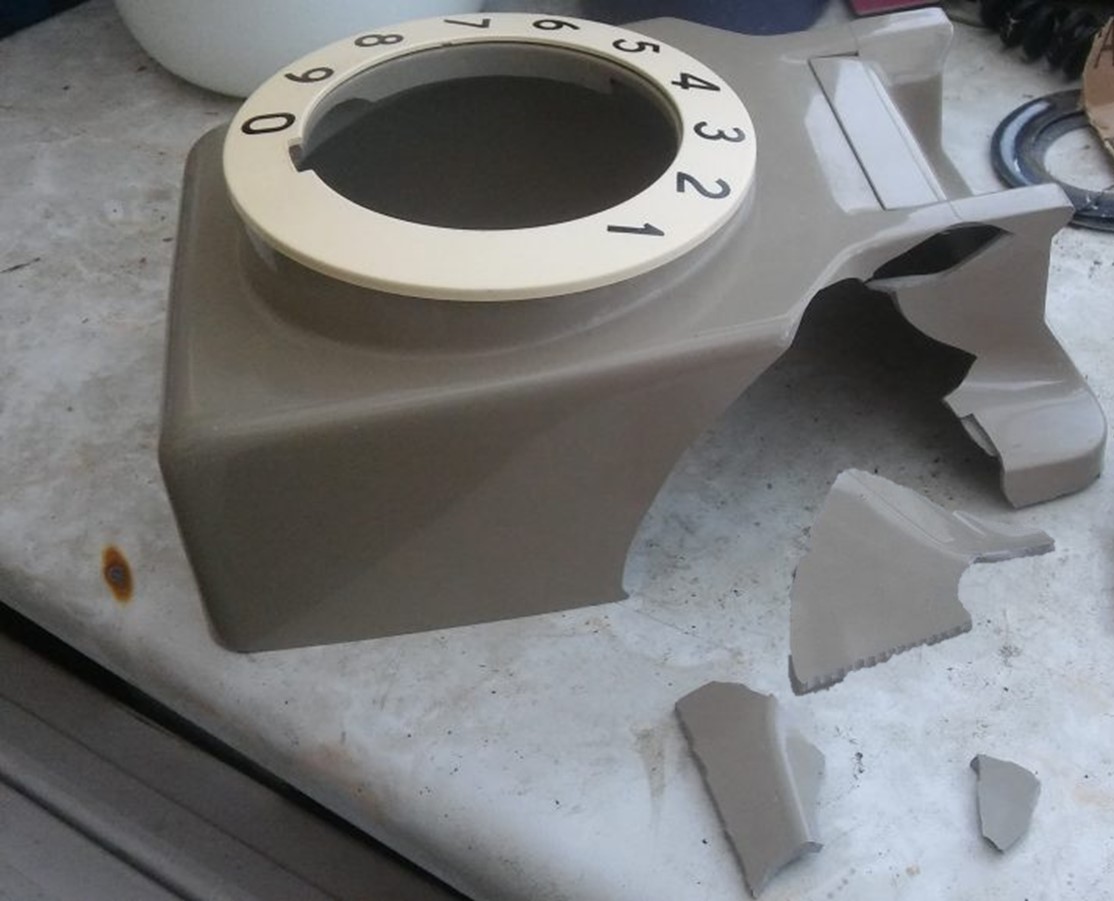
High Shear rate of the material at the gate point diminish your parts performance:
When designing a mold, determining the appropriate gate size is a critical step that relies on understanding the shear rate of the raw material. Shear rate, a result of the material's molecular weight, directly proportion to the rate at which material moves during injection molding.
This parameter is pivotal because it influences part quality.
In essence, shear rate is the result of pushing molten material at high speeds into a mold, often resulting in temperature elevation. If excessive shear occurs, the material could degrade, resulting in compromised part properties.
To determine this impact at the earlier stage, calculators or Moldflow predictive analysis are employed to compute shear rates based on injection time, part weight and gate size.
For different materials, shear rate thresholds vary due to their molecular weight and its complexity. Simple materials, such as polypropylene, can withstand shear rates up to 100,000. ABS can manage around 60,000, while polycarbonate performs well within 40,000 to 50,000 shear rate ranges. Tougher materials, like Ulem, tolerate even lower shear rates, around 30,000. Notably, materials with greater toughness can endure lower shear rates only.
Consider PVC, which has a shear rate limit of 15,000. When molding PVC parts, larger runners and gates are typically observed. This is due to PVC's sensitivity to shear rate; excessive shear could lead to the release of chlorine from the polymer structure, causing disintegration and chemical reactions within the mold. This is why, despite having smaller parts, PVC molds feature larger gates and runners.
In contrast, materials like polypropylene with smaller molecules can tolerate smaller gates without issues, as they can withstand high shear rates.
The ultimate goal is to introduce the material into the mold without damaging its molecular structure, thus necessitating precise gate size design based on shear rate considerations.
Excessive sheared parts will inhibit premature failure when exposed to mechanically loads , chemically application, outer environmental applications, etc..